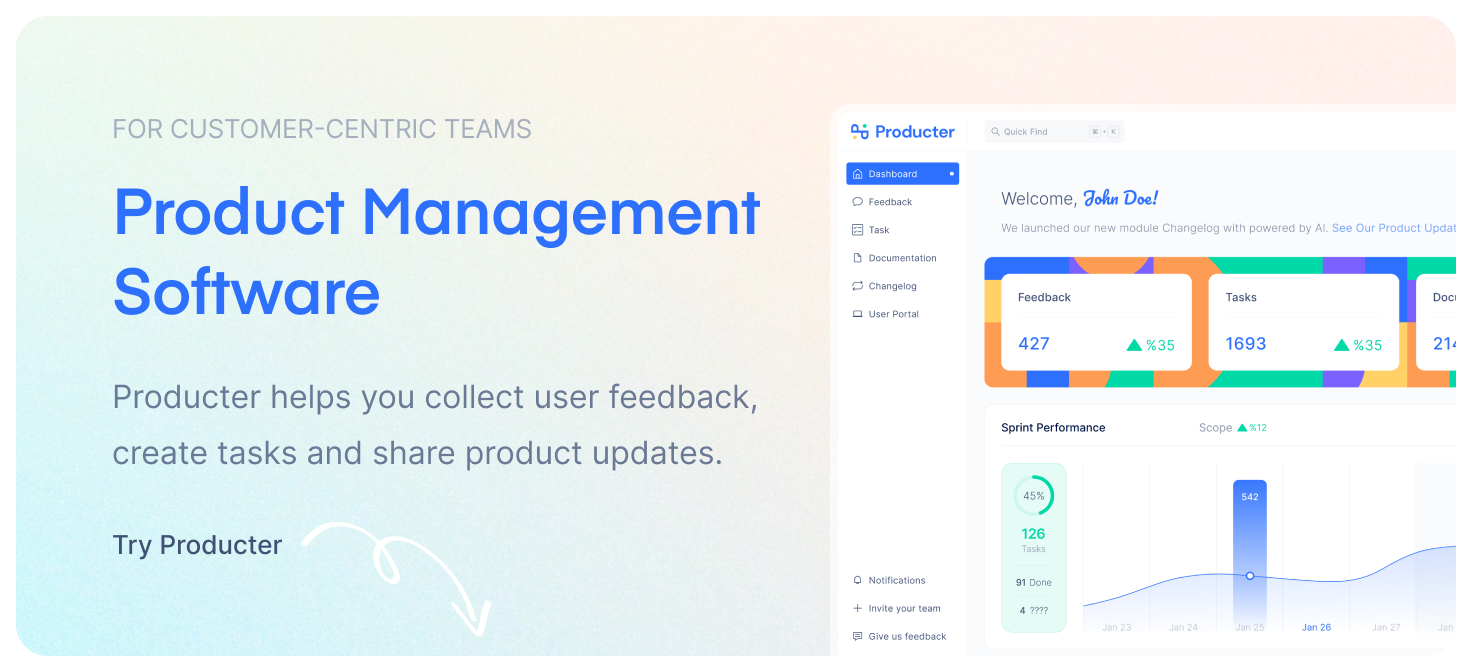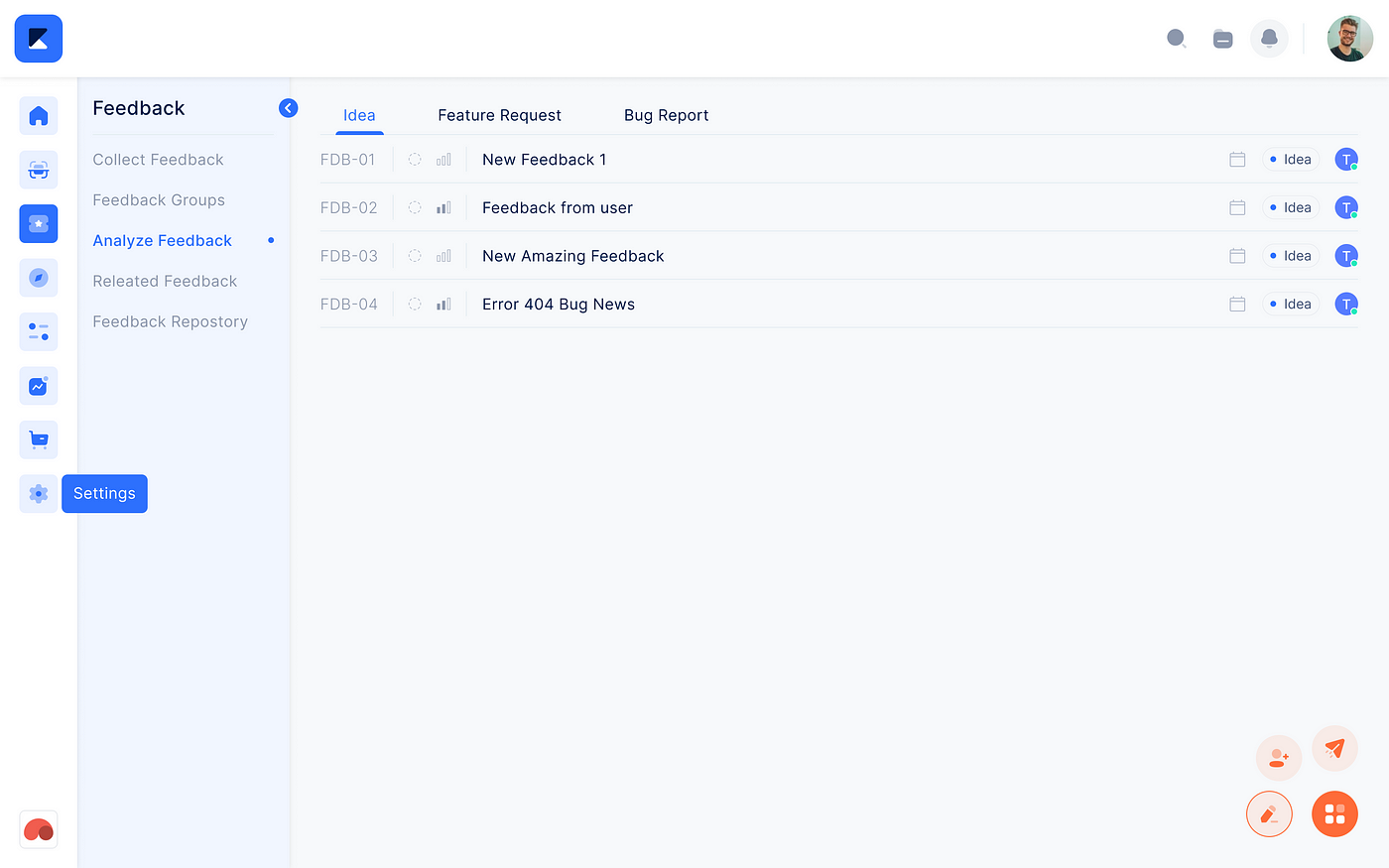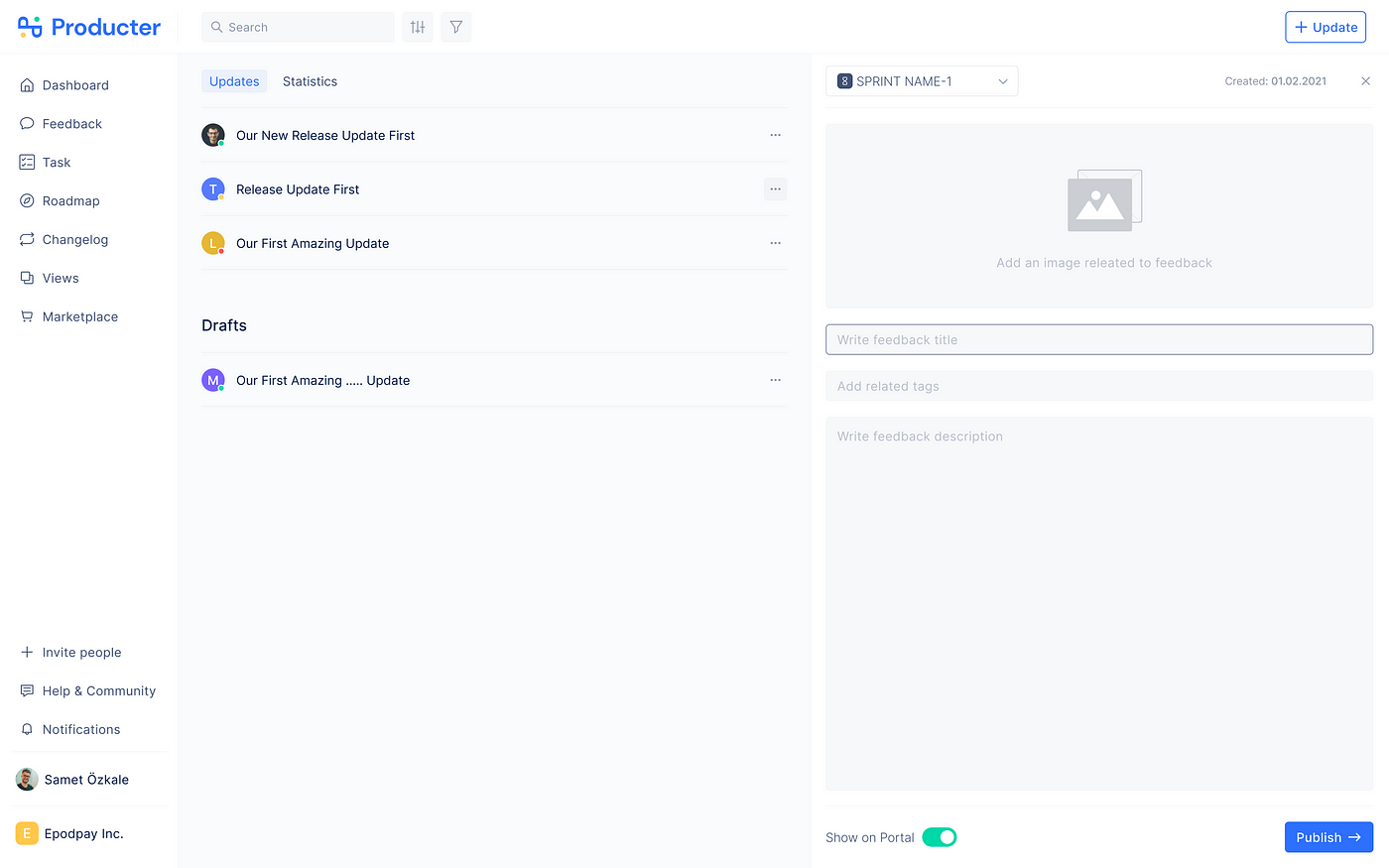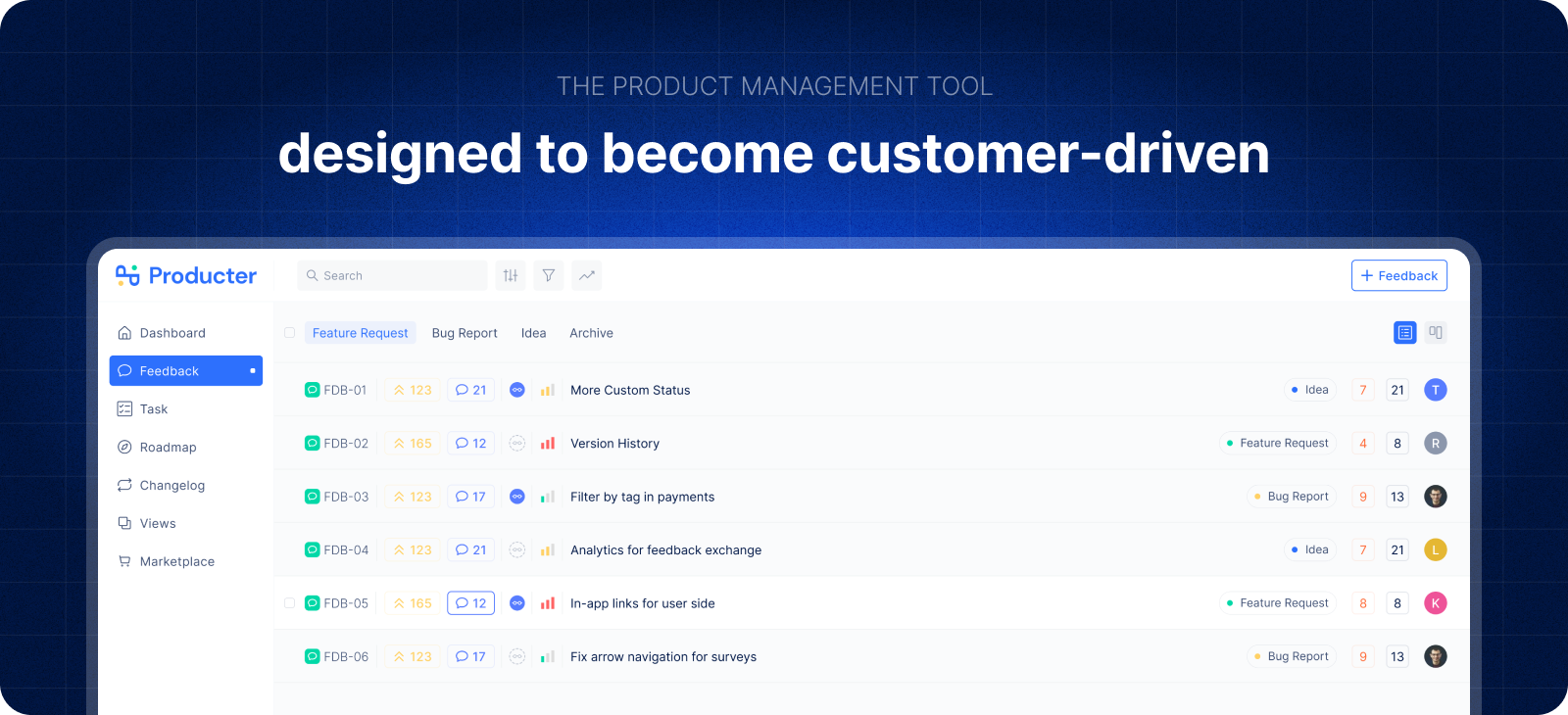Before Producter, I worked for over 10 products. I designed many of them from scratch. Reviewing a new product every day has created my design perspective. Analyzing a product’s design system and values helps me to understand its strategy and purpose.
I wanted to build a product-led startup, and create the best design system ever because I know how important this issue is for PLG companies. (It is obviously not just about building a design system. Let’s get to the bottom of it together.)
Ed Sim, the founder of Boldstart Ventures, emphasizes its importance on Build with Blake Barlett podcast (OpenView):
“I want to know where the designer/UX/UI person comes in. It’s really important in a PLG company for the product to be beautiful and the experience to be frictionless. I want to hear that language from a founder, and see support for that in the hiring. If there’s no designer on board by employee number ten, that’s a big red flag for me.”

Three main pillars to achieve PLG using design:
- Embrace an empathetic attitude that puts the user first
- Cultivate a design mindset in your team
- Use change and disruption as a path to innovation with design
Empathy with User-Centricity
Every business that adopts a product-led growth model needs to deeply understand its users and customer journey. Knowing your users allows you to see what they see, feel what they feel, and experience things as they do, which builds empathy towards them and leads to better products.
We interviewed people from diverse backgrounds from multiple companies at the beginning of the road. And, we threw away many designs to create a design system that would relieve their pain. Here is one of them :D
But the important thing was that we put the user in the heart of our product from day one. And that is the essence of Producter’s mission.

Customers/Users provide designers with insights such as context, using situations, actions, areas, topics, and motivations. By making all these pieces meaningful, designers try to complete the puzzle.
To sum up, when creating a shared organizational vision, it is critical to place users’ needs at the forefront.
Everyone Should Be Designer
It is critical to ask “who will design” before even beginning to create a design system in a product-led company. (What level of experience do the founders have with product design?) Don’t worry; my partner and I are design-obsessed people. 😄
But it’s not enough! All team members should have a design perspective even if they do not design as they should empathize with your users.
After building our design system, we designed all modules together with Merve based on user feedback and needs. In this way, team members had the opportunity to analyze designs and evaluate flows that hadn’t yet been coded.
Our first engineering intern who joined our team was the best example of this. Our team explained the importance of design in a product-driven company and how it is the key to success.
As a result, he now gives opinions about which design might be the most user-friendly. And as we get closer to our users, the quality of their recommendations improves.
Change & Disruption
Today, product-led growth is key because of the needs and expectations of users, which has been demonstrated by a statistic indicating that three out of four B2B buyers would prefer to educate themselves as opposed to learning about products from salespeople.
Before, you may not have imagined that design could replace a salesperson. A user-centered design system is the best onboarding method. And don’t just think of it for a first-time visitor to your product. In addition, if you add a new feature to your product, consider notifying your current users.
You will present your user with a design for each of these possible scenarios. Do not believe that it is the best. That is just the version you are releasing today. You should not be afraid to break and modify your version to take it to the next level.

Of course, many disruptions will occur while you are in this process. Don’t give up; keep reviewing data, collecting user feedback, and improving designs to reach the best version.
Clayton Christensen sums up what the trap is for some companies:
“The reason why it is so difficult for existing firms to capitalize on disruptive innovations is that their processes and their business model that make them good at the existing business actually make them bad at competing for the disruption.”
We believe that design is crucial to creating a product-led growth strategy.
Throughout the organization and with customers, your product team creates an extensive web of interactions and conversations about your product, where it can grow, and how it should grow. You can turn your business into a product-led growth company by investing in design.
Producter is a product management tool designed to become customer-driven.
It helps you collect feedback, manage tasks, sharing product updates, creating product docs, and tracking roadmap.






